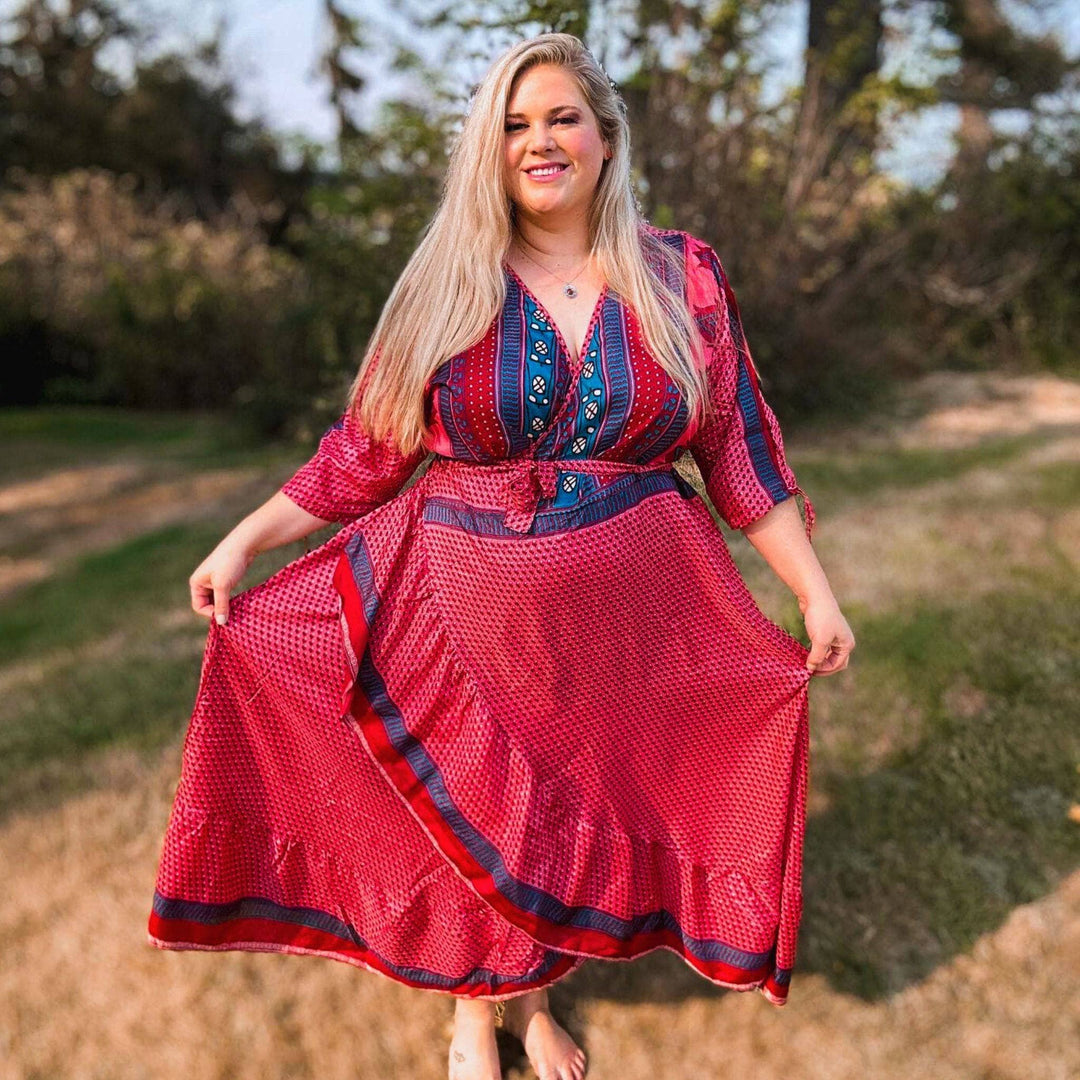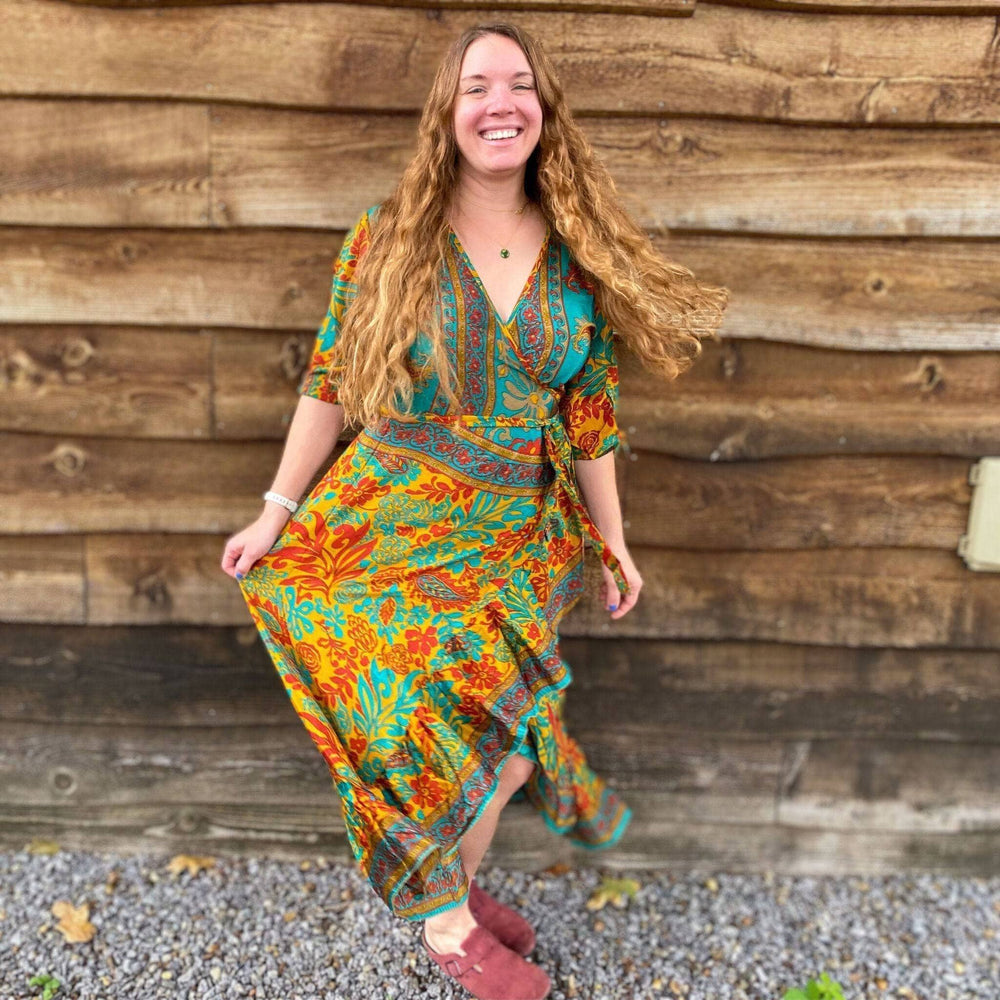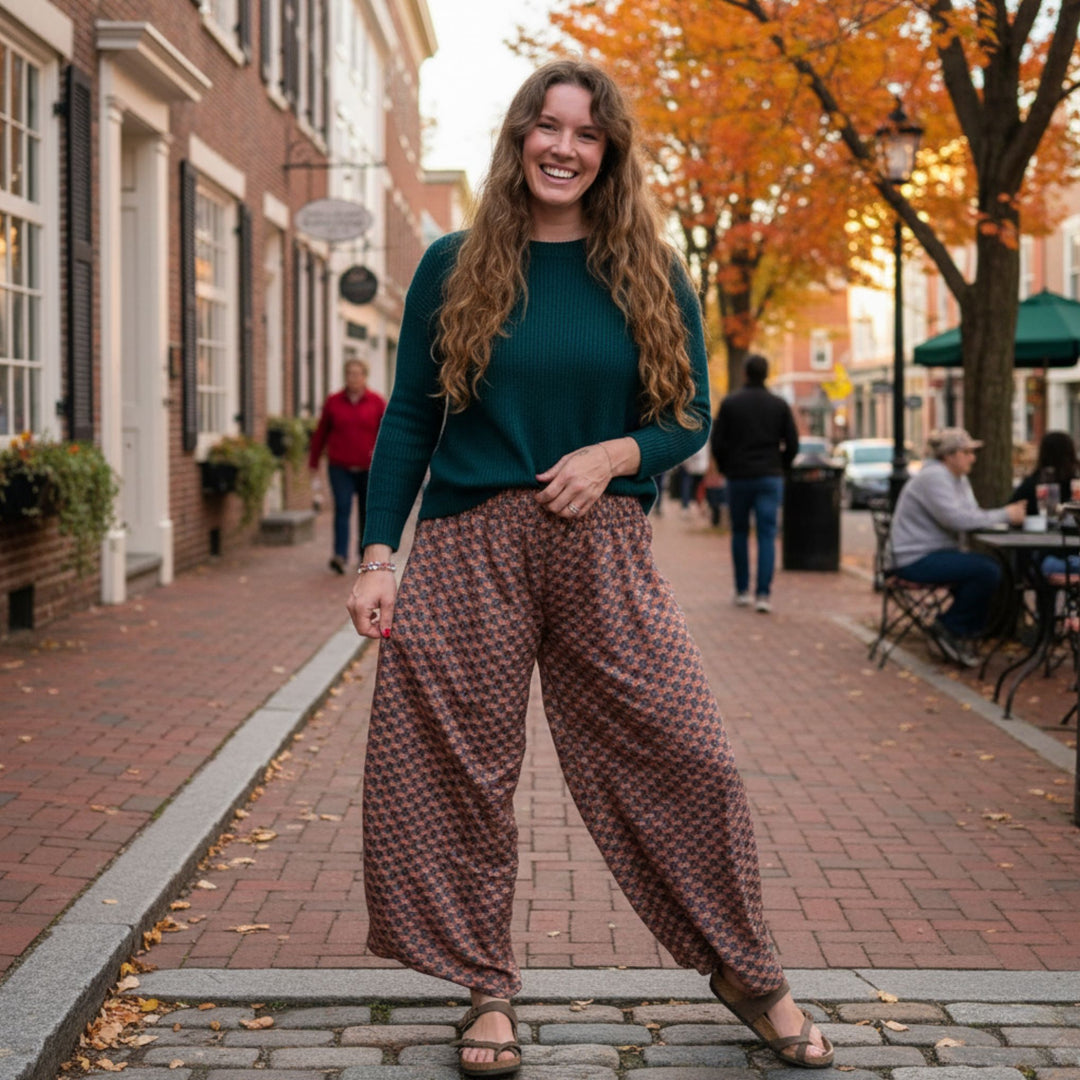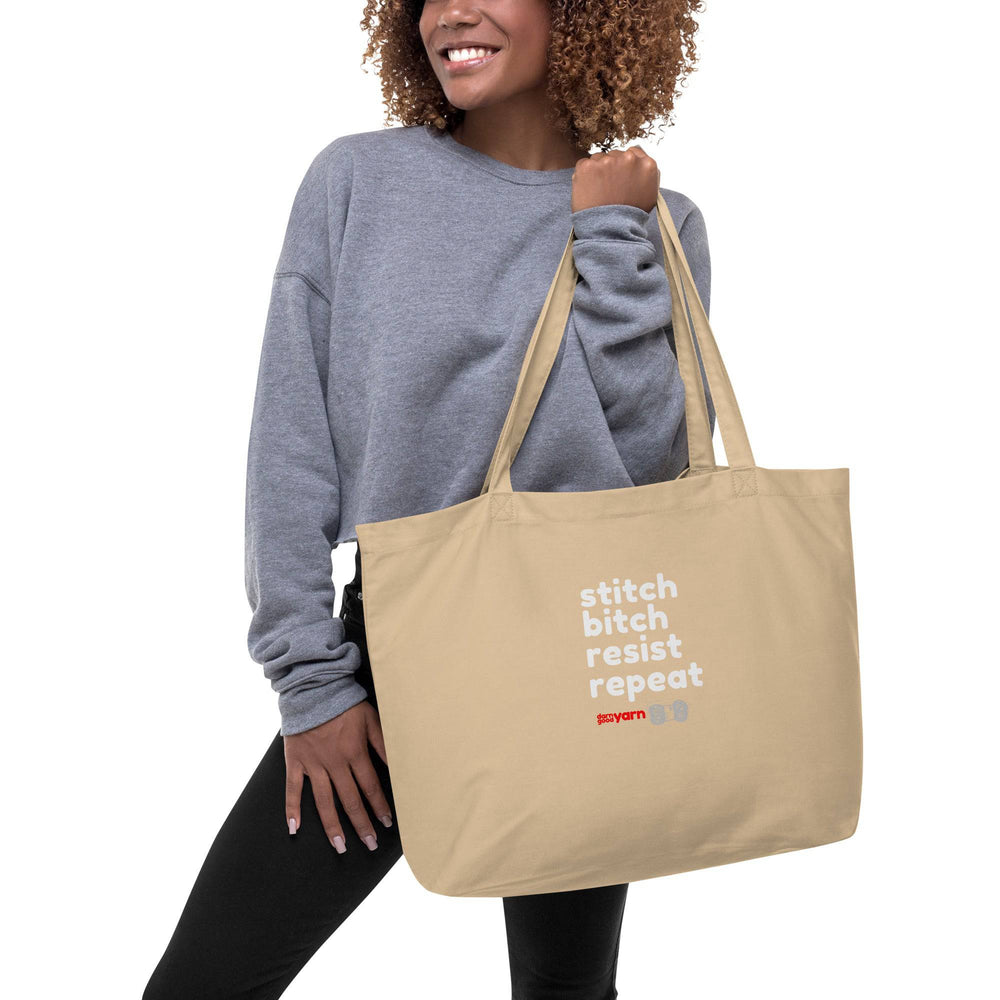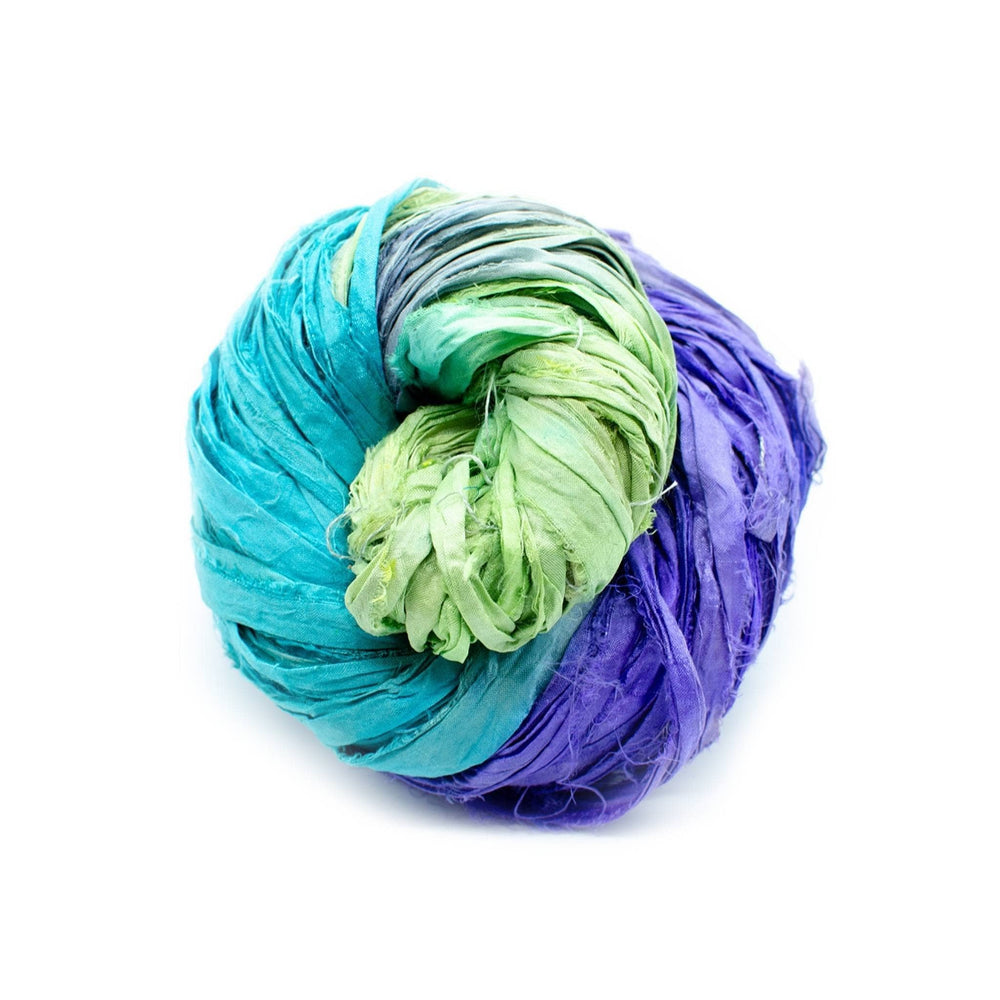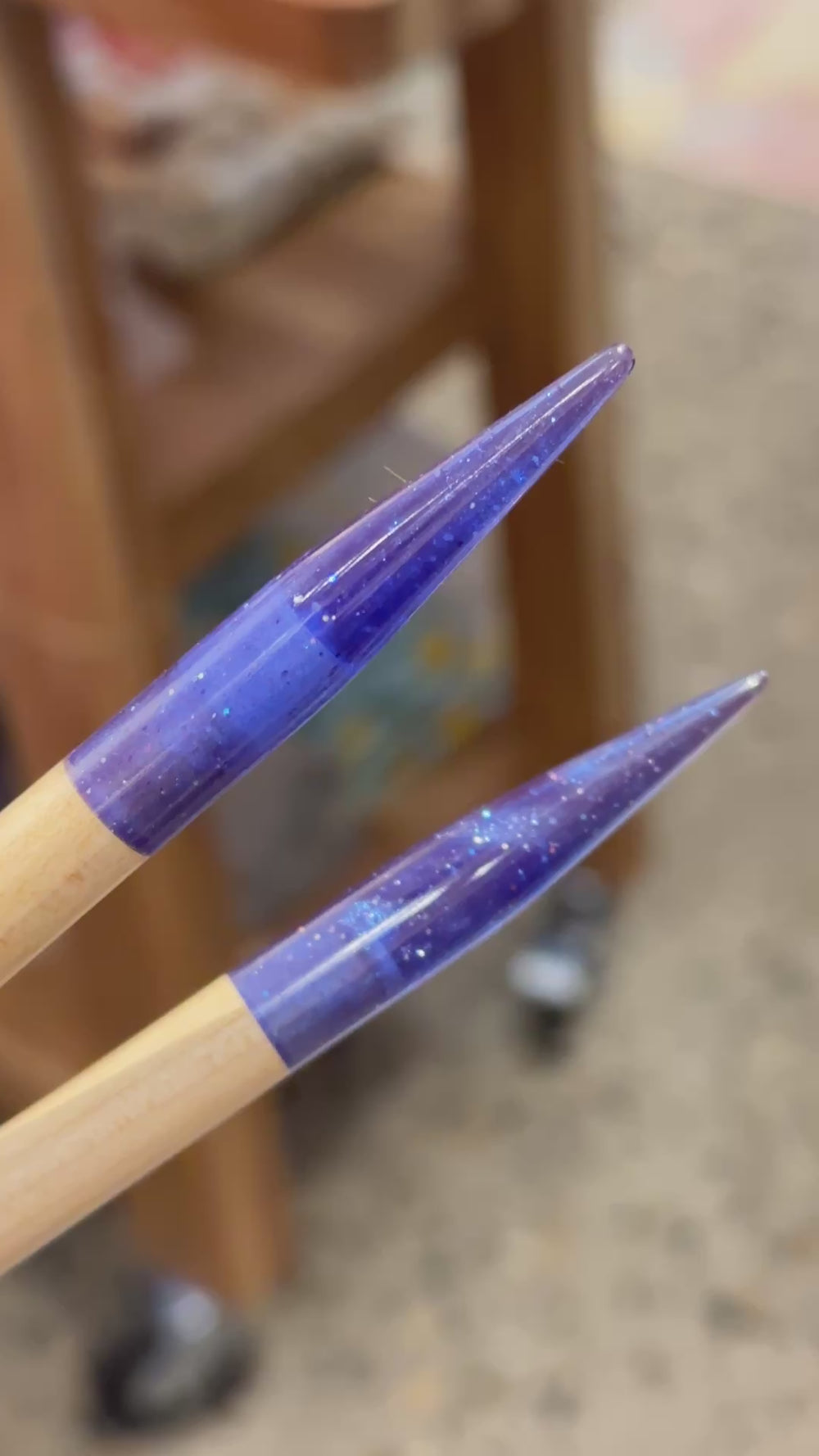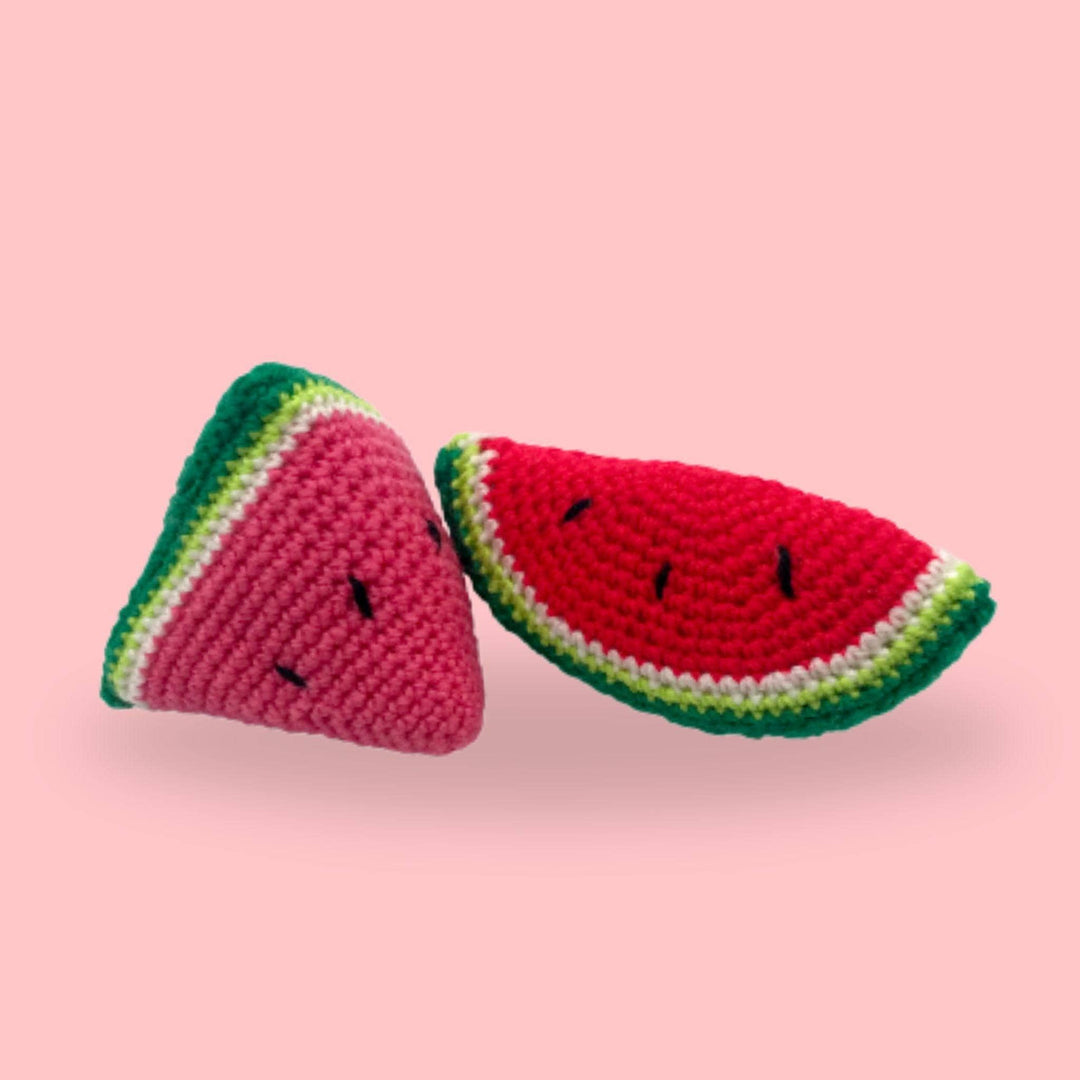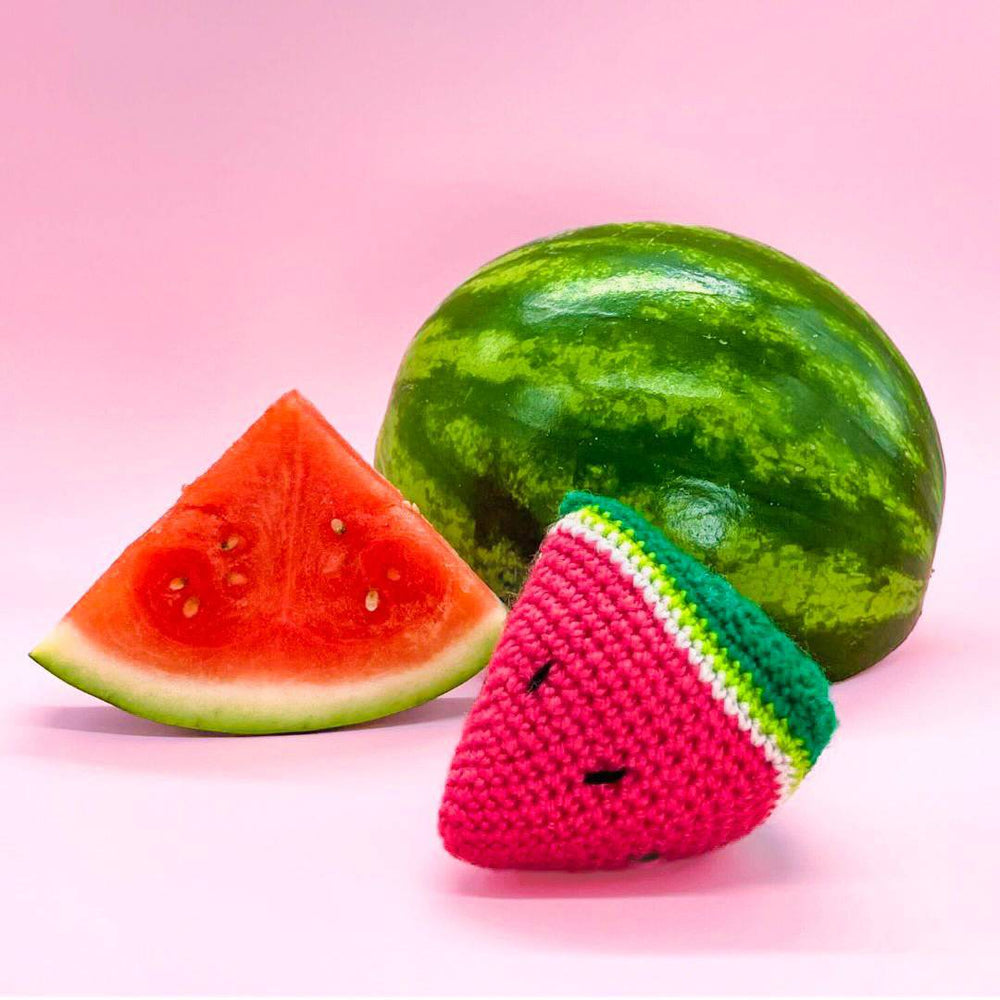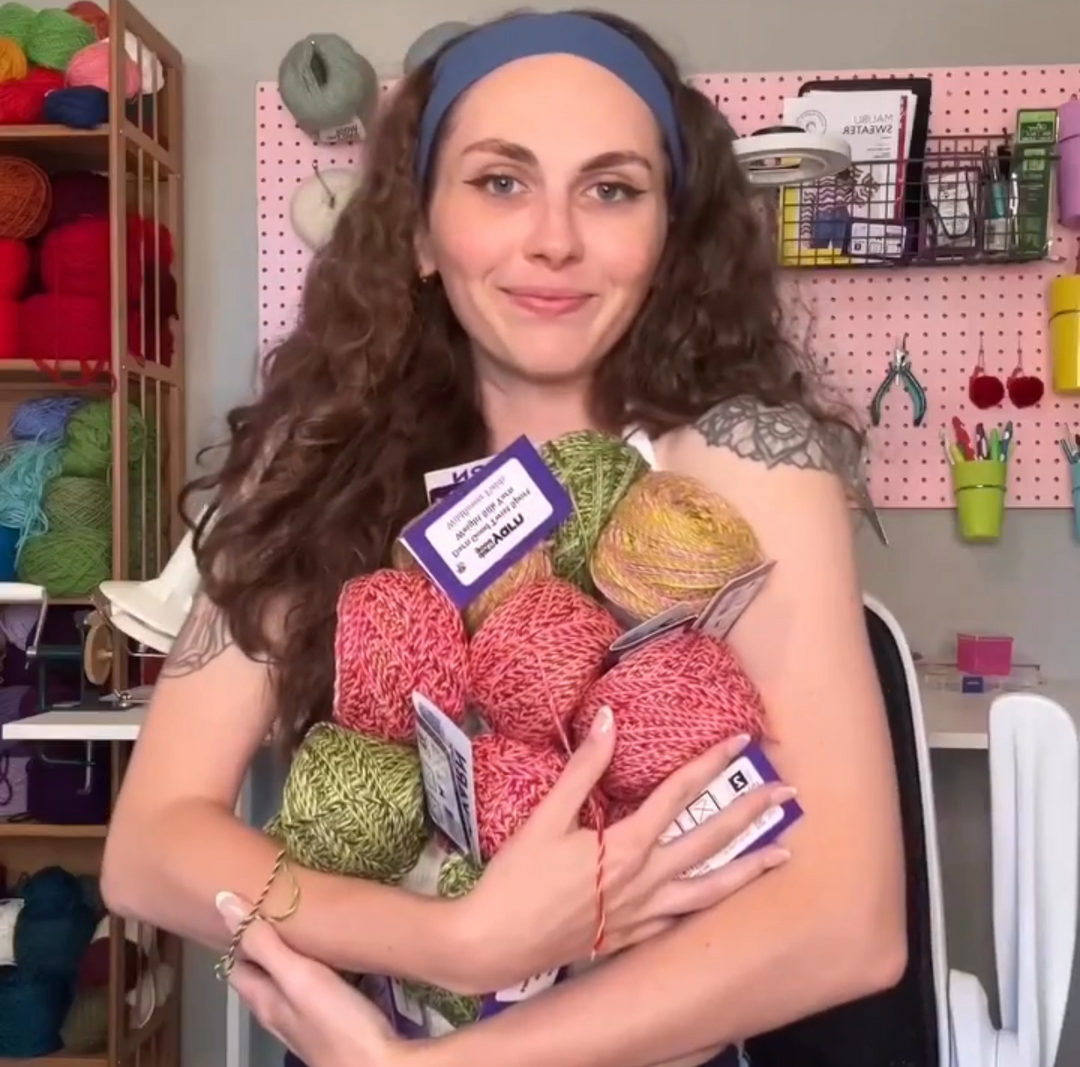Ironically, the new year oftentimes starts with old habits. Most of us begin every new year with heady resolutions, that, while created with good intentions, lead us to become stressed and overwhelmed with the obligation they carry. These resolutions are often based on our need to do more. We tell ourselves we will go to the gym more, work more, make more money, eat more vegetables, read more, spend more time learning a foreign language, whatever it may be, with the belief that the act of simply doing something will help us become “more” of the person we want to be.
What if, instead of feeling obligated to do more this year, we take a step back and do a little bit less? What if, we shift our perspective, and instead of believing that doing more will help us become who we want to be, we start to believe that doing less of the things that don’t truly serve us will help us reveal our pure selves?
A large part of the reason why we struggle to reveal our authentic self is due to stress. This stress does not only have to develop from the traditionally strenuous things we think of when we think of anxiety, such as career and monetary obligations, but it can also develop from the things we love as well, such as family time and devotion to hobbies.

Here are 10 ways to help maintain a level head and a full heart in 2023:
1. Crafting - Obviously Our Fav!
As humans, we are hardwired to create things. From the very beginning of our existence, we have discovered, pursued, and built things from our creative intuitions. Completing repetitive tasks such as knitting, crocheting, and weaving help our minds turn off the “fight or flight” response that is so ingrained in our cognitive being. Not only does crafting help us transcend into a meditative state (see #3 if you’re interested in learning more about meditation), but it also helps the brain release dopamine, our body's natural form of an antidepressant.
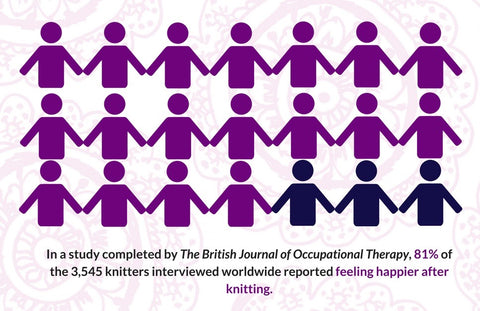
Looking for an easy way to create a new project every month? Check out our $10 Yarn Club here.
2. Yoga
While yoga has been in existence for approximately 5,000 years, it only reached the United States in 1893. Many of the postures and practices that we are familiar with have been created within the past century. Yoga has been able to transcend time, and has become a daily part of the lives of people of all ages, genders, and socioeconomic status, all around the world. This is for good reason - the yoga practice allows us to physically release stress through holding postures and poses, while focusing on our mental and emotional selves by instigating our physical movements with controlled breath (see #3 Meditation, and #4 Pranayama). There are multiple types of yoga suiting a range of needs, ranging from restorative yoga to help rebuild muscle tissue, chair yoga for the elderly, and power yoga for those craving an intense workout. (If you think you can’t do yoga because you can’t touch your toes, remember that you can always bend your knees!)
3. Meditation and Cardio Combo
The transition from yoga (also known as asana) to Meditation, to Pranayama (see step #4) is almost seamless. While practicing these relaxation techniques together really only helps make the others more effective, it is not necessary to dive into all three at once (We are working towards stress relief here!)
There are many types of meditation (such as sound, body scan, chakra, and mantra meditation), and there is no “right” or “wrong” method, time, or frequency to meditate. Some people find that meditation is best performed in the morning, right when they wake up, while others prefer to squeeze in a 5 minute meditation during their lunch break. Meditation helps strengthen the mind, increase awareness of the true self, and help control thoughts and emotions of the ego.
One great way we, at Darn Good Yarn, found to save time and get a 2-for-1 benefit is to combine the physical health benefits of running or walking with the mind strengthening techniques of meditation. While running or walking briskly (in a safe location!), try to treat every thought and emotion as a cloud in the sky. Acknowledge the thought and/or emotion is there and gently let it pass you by. Listen to your body working at improving (i.e. your heartbeat, your breath) and internally acknowledge that your perception of and reaction to events in life are what carve your overall well-being. Treating every thought and emotion as a cloud in the sky helps you focus more on how you perceive everything that makes up your existence and, "in reality", allows you to calibrate your ability to live a better life.
For more info on meditation techniques, check out this great how to meditate page.
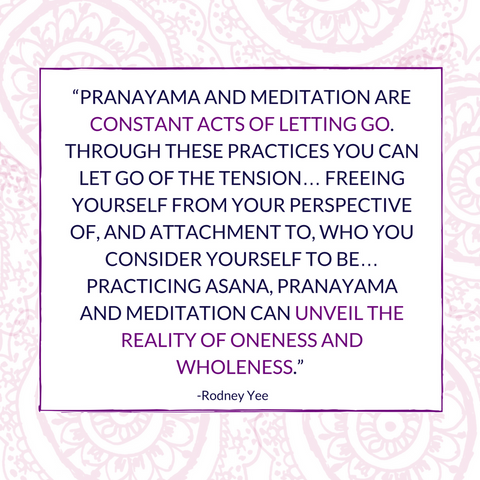
4. Pranayama
Pranayama, or breathing practice, can also help us on our path to relaxation. “Prana” translates to life force energy, and “ayama” means “to extend or draw out”. Essentially, through our mastery of breath, we will be able to master our life force. Pranayama helps us become aware of our involuntary functions, which can range from our heart pumping blood, to our voluntary functions, like how we react to people and situations.
To find a pranayama technique that’s right for what you need, check out this great Yoga Journal article.
5. Cooking and Baking
Similar to crafting, cooking and baking helps us get in touch with our creative selves. It also help us feel more fulfilled, eager to try new projects, and live a healthier lifestyle. In a study published in The Journal of Positive Psychology, they found that individuals who cooked/baked frequently were generally more enthusiastic about their future endeavors. Cooking and baking provides multiple small, measurable tasks, which helps promote focus, and in turn produces a tangible result.
6. Aromatherapy
Smell is often an underrated sense when it comes to our daily lives; we generally take for granted the ability to smell. In fact, smelling (and our olfactory nerve, which gives us our sense of smell) gives us the ability to connect directly to our brain. The olfactory nerve sends responses to the amygdala, which is responsible for our emotions, motivation, and nervous system. According to a study from the Pharmacy Department of Brazil, Aromatherapy has been proven to help reduce anxiety as effectively as prescribed medicine.
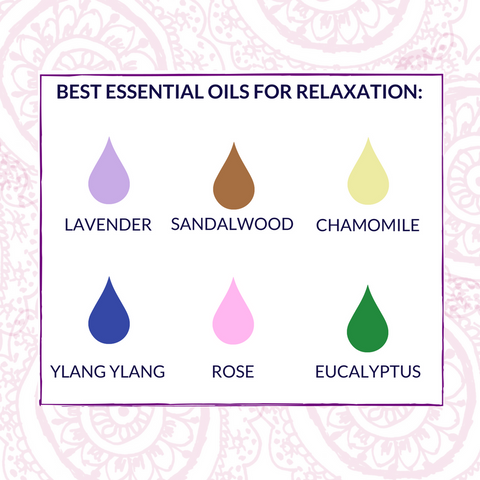
7. Journaling
Journaling gives us the ability to say what is on our mind, and openly see what is going on inside of our heads. If you think about it, whenever you need clarification from another person on a topic, are excited about something, or have questions, you have a conversation with that person. While we can think about a response to our own questions or comments, it is not the same as having a conversation about it, as we would with someone else. We think and react differently when something is spoken or written into the world. Journaling helps us cultivate a sense of clarity within ourselves, giving ourselves permission to tear down walls we may have built up in our souls.
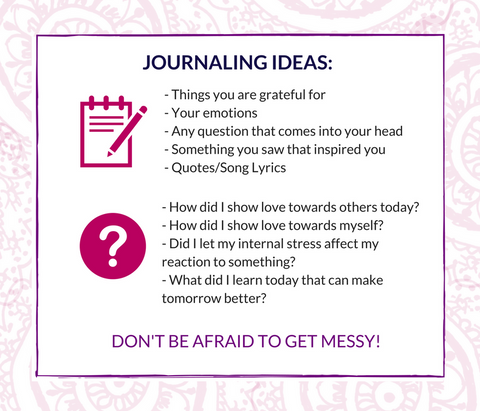
8. Music
Music therapy has been a proven method to reduce anxiety and depression in all ages. It can be used as a supplement to activities (such as knitting, yoga, or baking), or it can even be the main focus of a mediation (or even the focus of a journaling topic!). The genre can also help point your body and thoughts in a specific direction; upbeat music helps us feel more optimistic, while slower tempo music helps lower our blood pressure and relax.
Keep an eye out for some hand curated playlists by the team here at Darn Good Yarn!
9. Spend time with your loved ones… Or with yourself
Sometimes, we need to be surrounded by friends and family members to help us get out of our minds when they become a labyrinth. Other times, we may crave quiet time, full of meditation, self reflection, or reading. Try to stay in tune to what your body and your mind wish through the constant ebbs and flows of your experiences and reactions to these experiences.
10. Be Patient, and Remind Yourself That You Are Human
Take the time to explore various techniques that will fit your lifestyle, and understand that something that may work for a friend may not work for you. Something that may even work for you today may not work for you a year from now. And that is okay; it is all part of your unbecoming to your authentic self!

Our company mission is to Start at Love which really focuses on positive change in the universe. Remember: you can't pour from an empty cup so focus on making yourself better and you'll have more to give to the world!
 Rewards
Rewards




